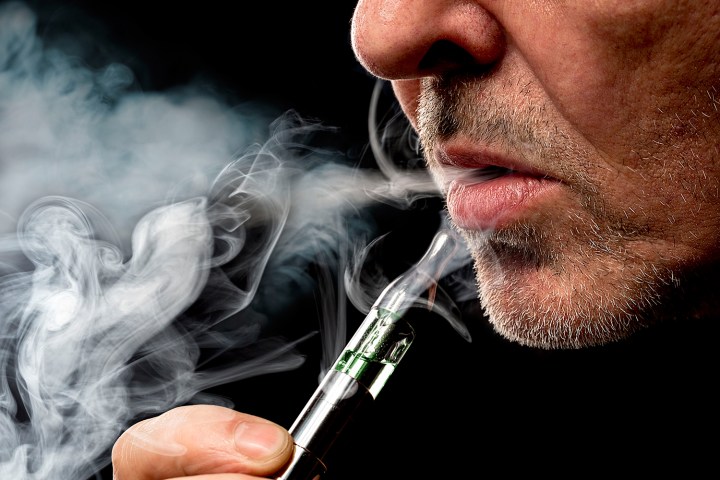
While some research has reported that they are considerably safer than tobacco cigarettes, a new study from researchers at the University of Connecticut claims something different: that vaping using a device filled with nicotine-based liquid can cause just as much DNA damage as smoking regular cigarettes.
The study involved the use of a new, 3D-printed electro-optical screening device capable of quickly detecting DNA damage. It showed that the damage caused by nicotine ecigarettes is approximately equivalent to that caused by smoking unfiltered tobacco cigarettes. The cellular mutations caused by DNA damage can lead to cancer. The level of potential DNA damage depends on how much vapor is inhaled by the smoker, as well as the quantity of other additives present.
“I was definitely surprised by the results,” Karteek Kadimisetty, a postdoctoral researcher in UConn’s chemistry department, told Digital Trends. “Even though there is evidence that ecigarette liquids have harmful chemicals and additives from literature, we expected the toxicity to be low. But our results suggest DNA damage was similar to smoke extracts from conventional cigarettes.”
The testing device created by the researchers is another example of the kind of “organ on a chip” that’s popping up in more and more medical trials. The tiny creation — costing less than a dollar to make — essentially acted as a fake lung, and was preloaded with reactive human metabolic enzymes and DNA.
When it was exposed to the effects of vaping, new metabolites were formed and filmed with a camera, thereby letting the researchers see how much relative DNA damage was caused. Samples were gathered at 20, 60, and 100 puffs, with potential DNA damage from ecigarettes increasing with the number of puffs taken.
The work is described in more detail in a paper published in the journal ACS Sensors.
At present, the researchers are continuing to plan the next phase of their research. “We’re currently exploring other 3-D printed bio-analytical platforms for toxicity screening of environmental samples and cancer diagnostics,” Kadimisetty said.


